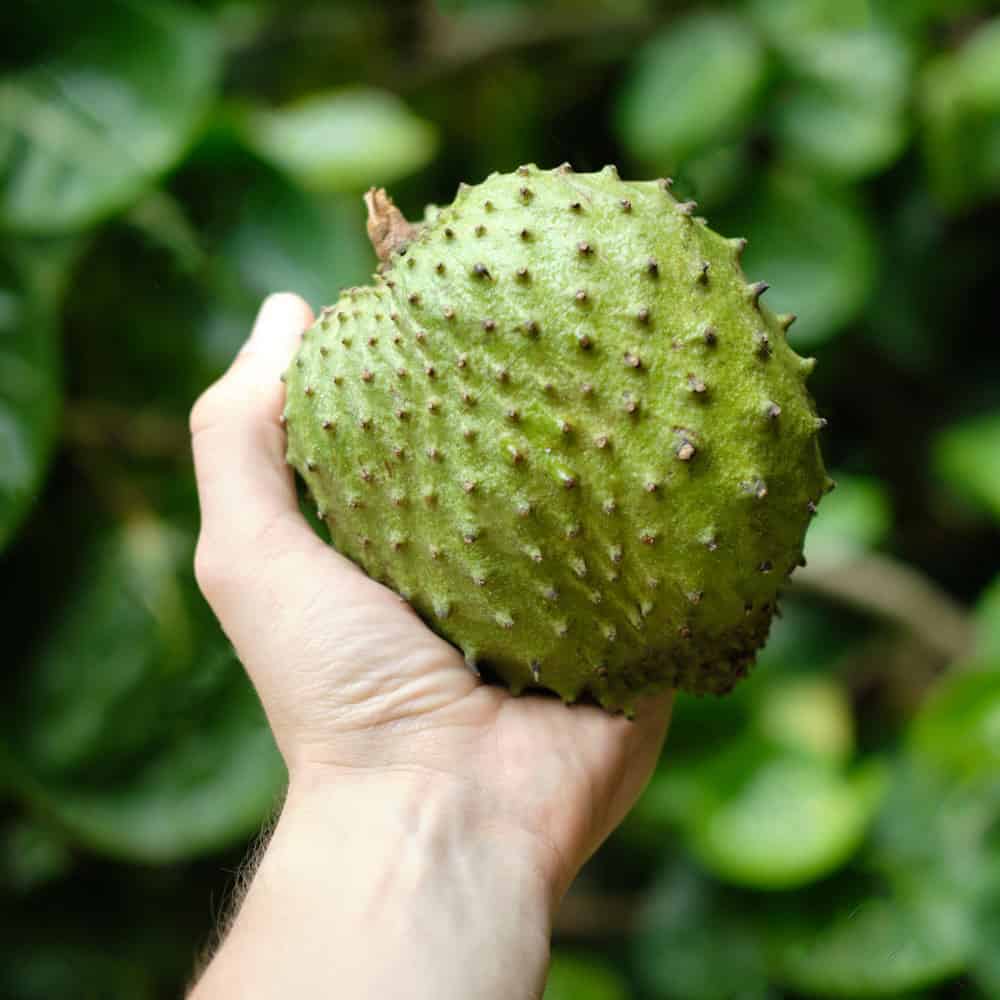In Kenya it is known as "Dawa Tamu" (sweet medicine), in Brazil it is known as Paw Paw, and many other names it carries with it, including Guanabana, Corossole and Annona (which is its scientific name).
As many names as there are its ability to adapt to any type of use
And yes, because nothing is thrown away from Graviola. The fruit is used to prepare excellent smoothies and sorbets, the leaves. The rind, roots and bark are infused into teas for diabetics as a sedative. While the crushed seeds are useful as natural pesticides. The oil of the fruit is mixed with other oils to prepare ointments against neuralgia for example.
Among the populations of the Amazon, Graviola is known as the "natural medicine of the tropics".

The pulp is very refreshing, as it contains 84% water. It is also rich in vitamins B and C, iron, magnesium, potassium, proteins and amino acids.
And if you suffer from anxiety, it is the right remedy for you, as it is rich in Y-aminobutyric acid (GABA) which counteracts states of stress.

Shake, shake, shake it!
We said that the pulp is mainly used for sorbets and smoothies.
The aroma is similar to that of pineapple, the flavor is a mixture of strawberries and apple, with a hint of acidity reminiscent of lemon. While the consistency is similar to that of a banana.
One of the must-try recipes, very popular in Ethiopia for example, is the smoothie.

For the preparation you need:
- 450 grams of Graviola pulp
- 1 cup diced fresh pineapple
- 2 cups of fresh coconut, cubed
- 4 leaves of green leafy vegetables, eg. cabbage, spinach, beets
- 1 piece (about inch size) of peeled fresh ginger
- and in the case water or coconut milk to dilute the smoothie.
And finally, off to the blender!
